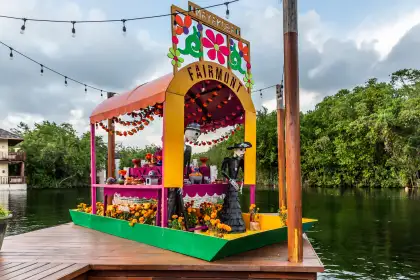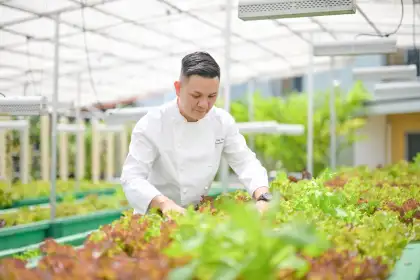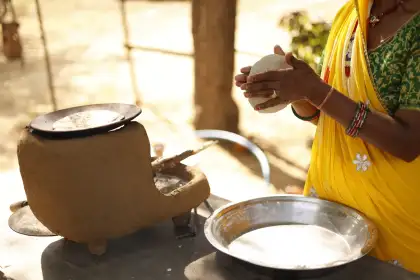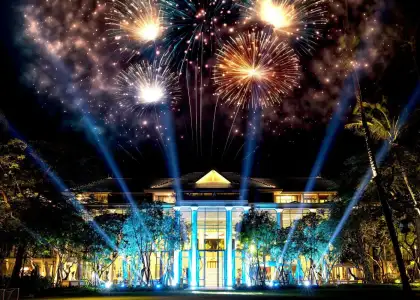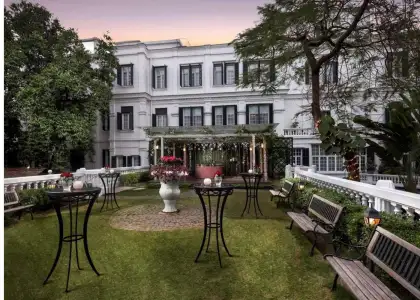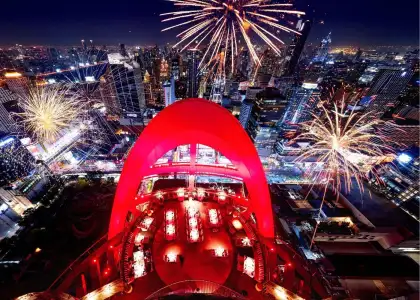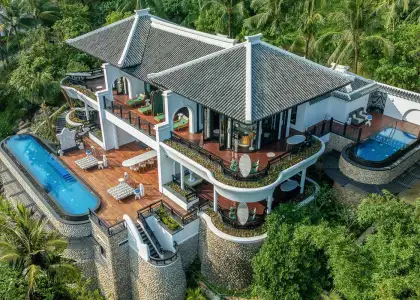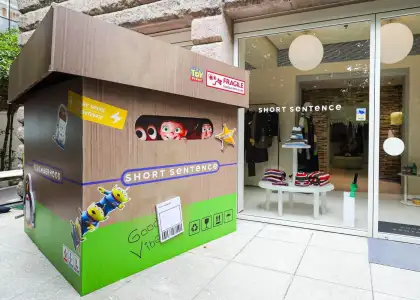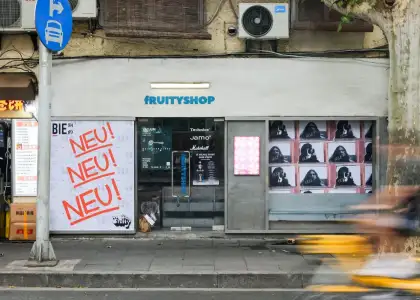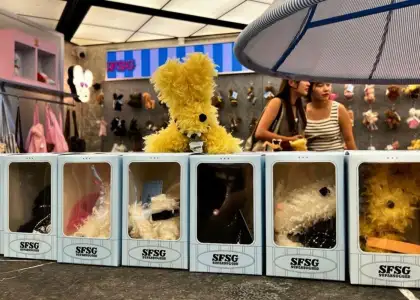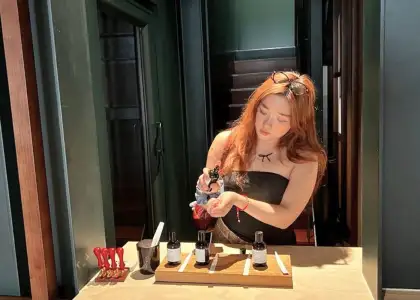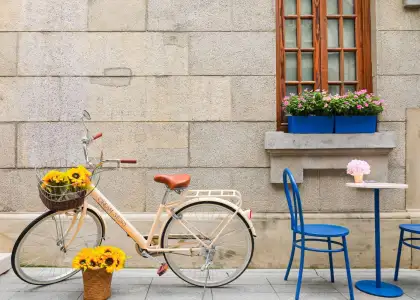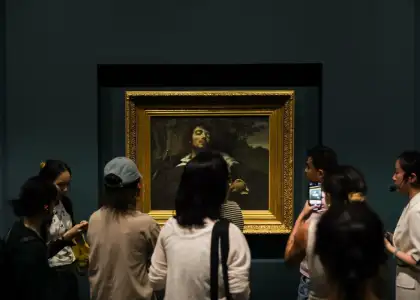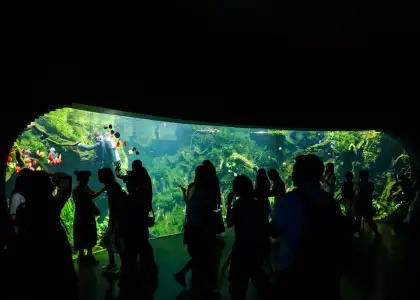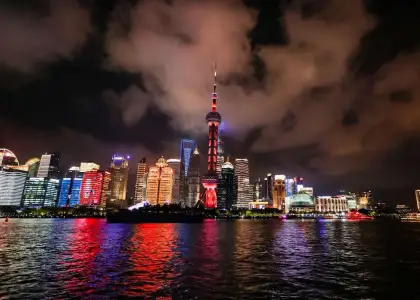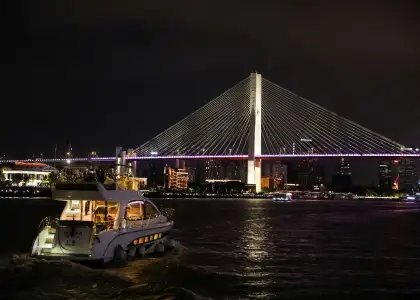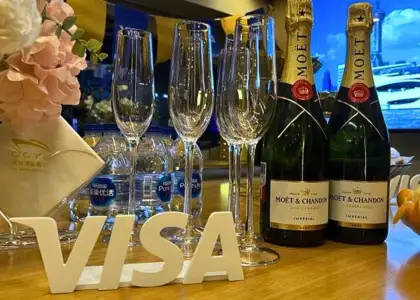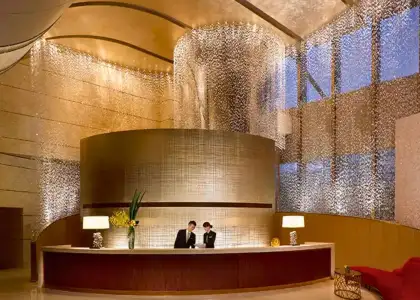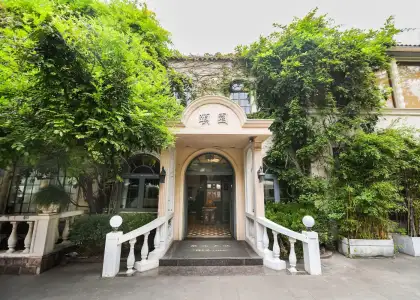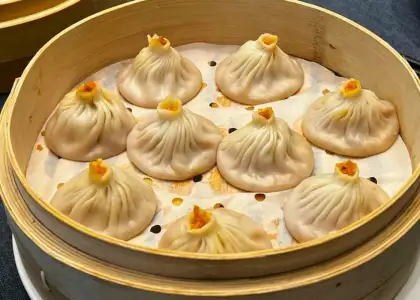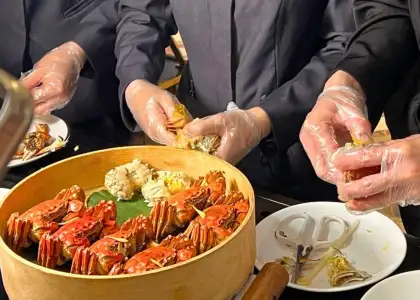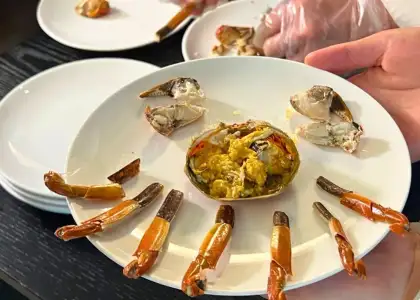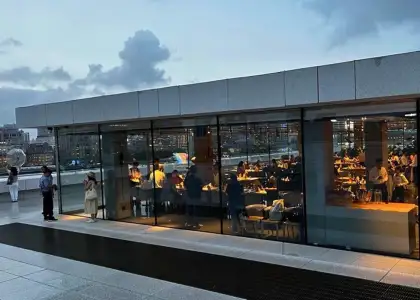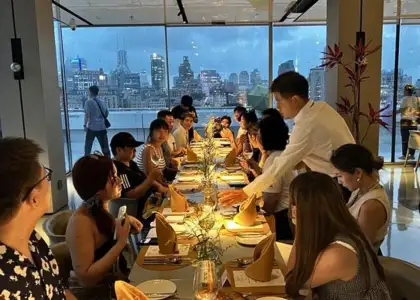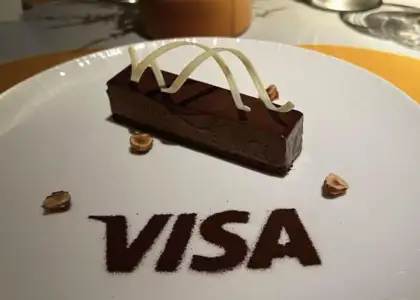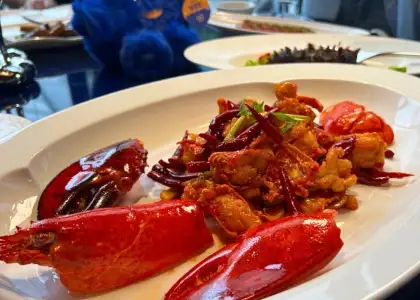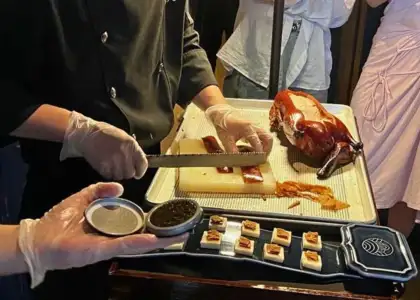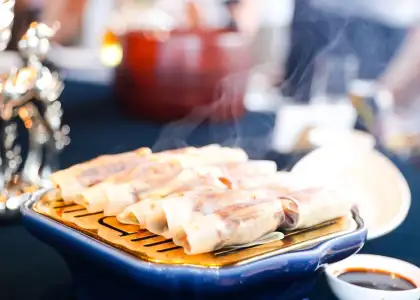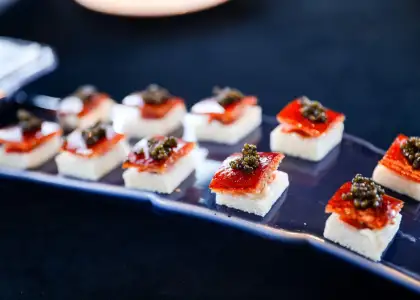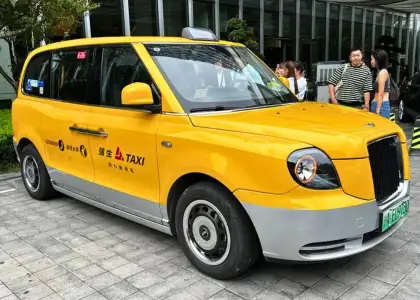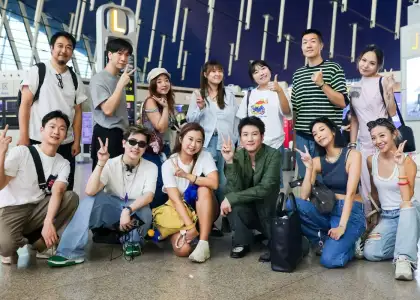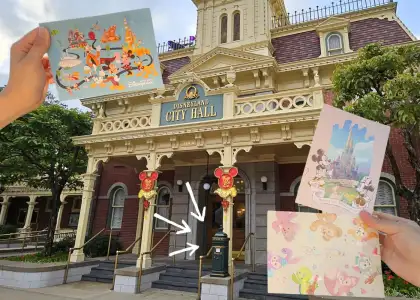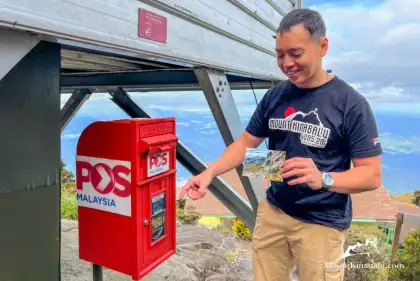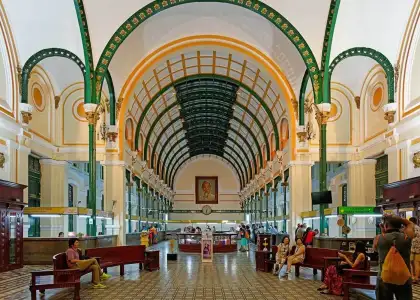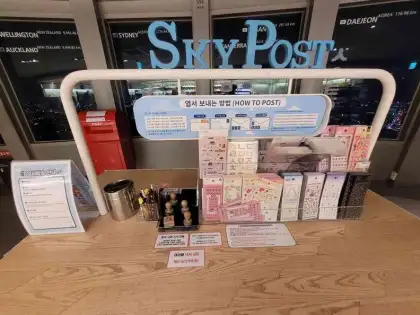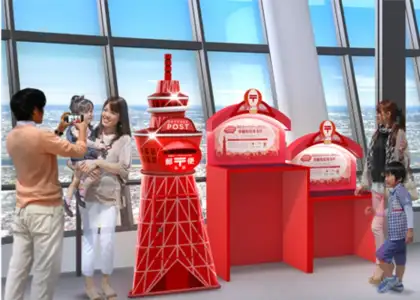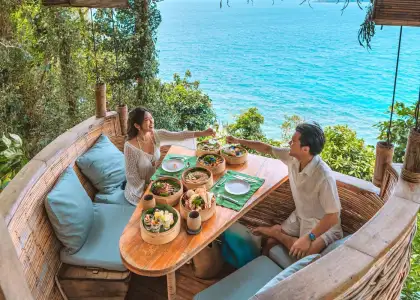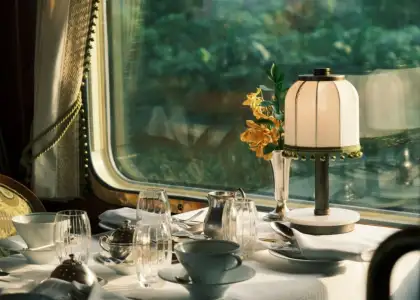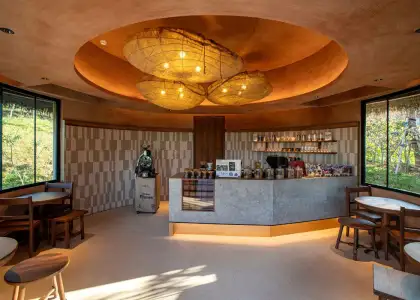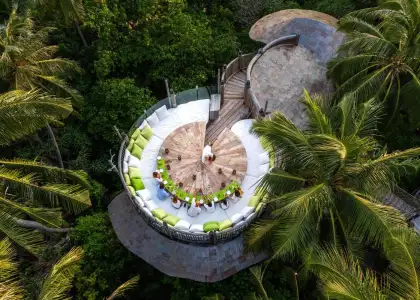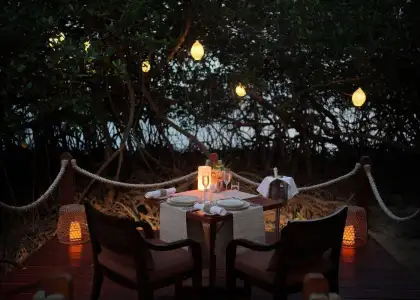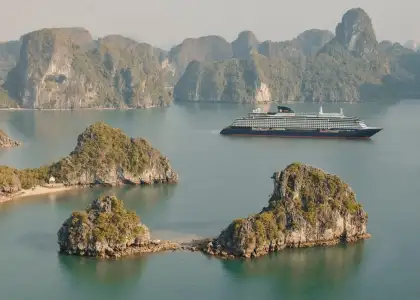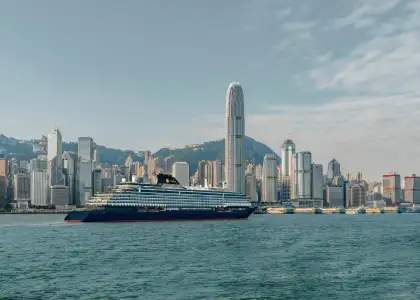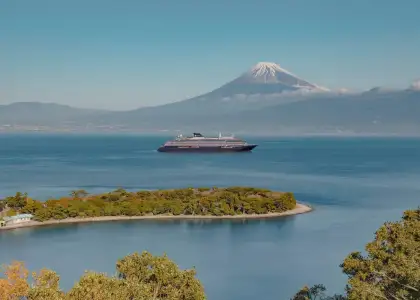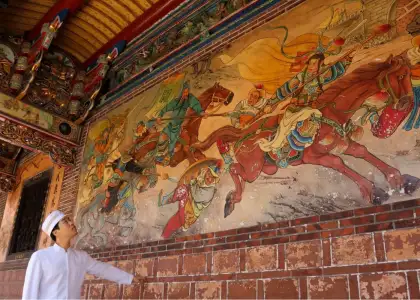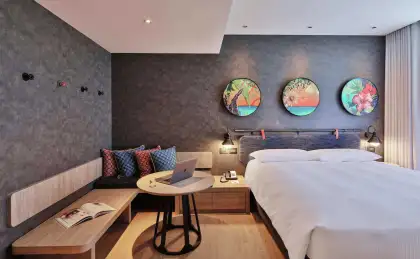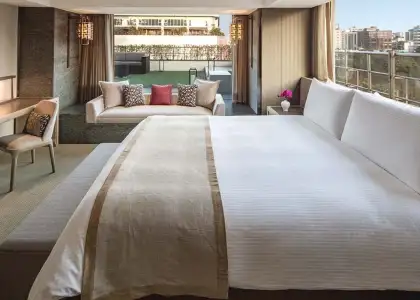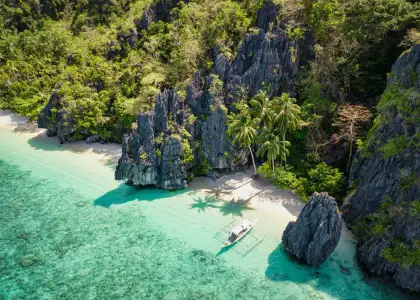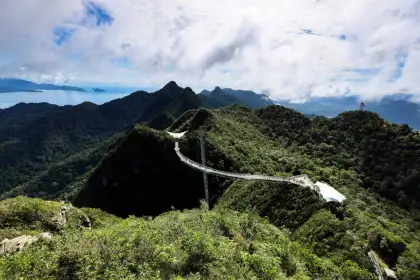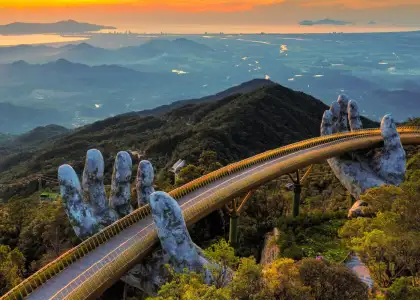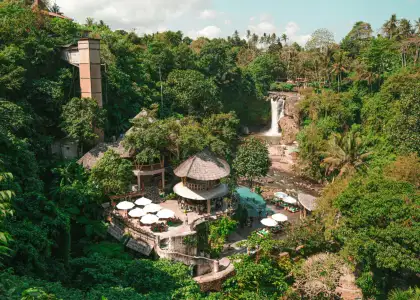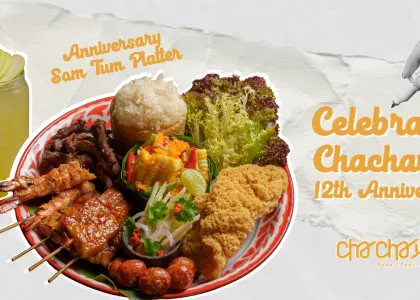This or That: Asia Travel Destinations
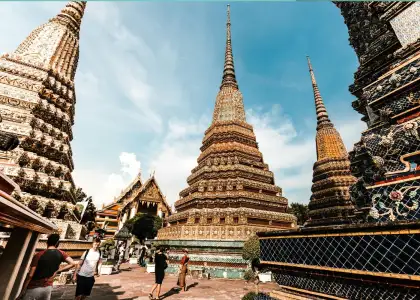
We may have already passed the 6th month mark for this year but now’s not the time to slow down on making your travel dreams come true. In fact, treat this as a clean slate, a chance to start mapping out new destinations for your next holiday!
Asia is teeming with rich culture, mouthwatering cuisine, and beautiful landmarks. Travel is all about discovery and exploration, and this massive continent offers countless opportunities for that. In the next few months, why not challenge yourself to be bold in your destination choices?
Here are some places you should check out in Asia grouped by places of interest. Maybe you’d want to try something similar but also different…your choice! We’ve got you covered with some destination counterparts as well. From theme parks to heritage sites, allow us to inspire your wanderlust one destination — or in this case, two — at a time!
Love Theme Parks? Visit Hong Kong Disneyland!

Hong Kong Disneyland is the second Disneyland Park in Asia and one of the best ones if we say so ourselves, considering it has been actively adding new attractions and providing guests with unique and exciting experiences year after year. Just last year, they opened the first-ever Frozen Land and unveiled a new castle which is every bit as magical as we hoped!
Take a thrilling ride on Hyperspace Mountain or live your fantasy on Cinderella’s Carousel atop a majestic steed. You can also meet and greet your favorite Disney characters and try all the tasty Mickey-shaped treats before ending the day with a spectacular fireworks display. Safe to say, there’s nothing quite like the "Happiest Place on Earth."
Tickets can be purchased on their website. 1-day pass tickets are HK$639 while 2-day passes can be purchased for HK$1,068. Klook is also offering ticket deals, as well as a premiere access pass or “Fast Pass” (HK$219 for three attractions) that helps you breeze through the attraction queues. Check it out here.
Location: Hong Kong Disneyland Resort, Lantau, Hong Kong
Open daily from 10 AM to 9 PM
Or Try Lotte World Adventure in Seoul, South Korea!
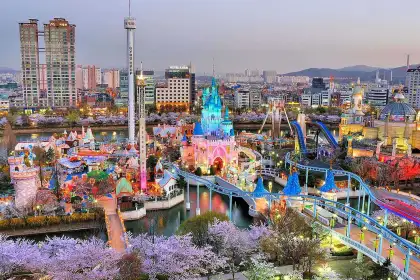
Lotte World Adventure in Seoul, South Korea is a recreation complex that provides the same fun and magical feeling as going to a Disneyland Park. Yes, there’s a castle; yes, there’s a good selection of park food; and yes, there’s a variety of attractions from thrilling rides like the Gyro Drop to kid-friendly bumper cars and arcades. Oh, and there's even an aquarium!
K-drama fans may find this place familiar as it’s often a shooting location for many shows. If you’ve watched a South Korean romantic drama series, most likely one of them went on a date here. The carousel is a popular photo spot for couples, so if you’re traveling with your special someone, don’t miss the chance to take a snap!
Tickets can be purchased on several travel platforms or at the park’s ticketing counters. Kkday tickets are from KRW36,800, which includes a magic pass and a Lotte World Aquarium ticket.
Location: 240 Olympic-ro Songpa-Gu, Seoul, Korea HotelLotte Lotteworld.
Open daily from 10 AM to 9 PM. The park may have varying closing times so it’s best to check their website for updates.
Looking for the Artsy Districts? Go to George Town, Penang, Malaysia!
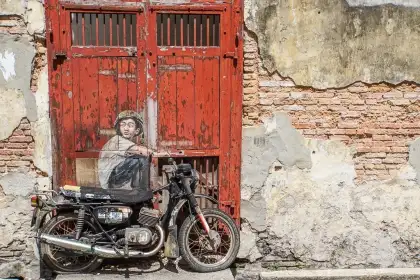
George Town, the capital city of Penang, Malaysia, is packed with vibrant and eye-catching street art. Be captivated by murals that inspire your creativity and 3D art pieces you can interact with! George Town is an art wonderland, and definitely one of the most Instagrammable places in Asia.
Apart from being an art district, the art town is also brimming with history. A guided tour around the city will give you a look into the rich culture and stories which is almost as vibrant as the art adorning its streets and infrastructures.
Some of the best sights to see include Penang’s oldest temple, Goddess of Mercy; the Pinang Peranakan Mansion Museum; and the Clan Jetties, a floating village market.
The museum is open daily from 9:30 AM to 5 PM with an admission fee of RM25 (Adults) and RM12 (Children ages 6-12). Children under six can enter free, and complimentary tours are also available.
Or How About Bonifacio Global City in Manila, Philippines?
Bonifacio Global City is a lifestyle and business district in the Philippines and is considered the poshest part of Metro Manila with its modern architecture, trendy clubs and cafes (some are even pet-friendly!), and stylish shopping malls. But one of the many charms of BGC is that it’s a very walkable city, which allows you to explore its streets freely and safely, giving you plenty of opportunities to view its collection of street art.
Just like George Town but less historic and more modern, BGC can fill your art cravings with its art installations, museums, and murals. Go on a ride around the city or explore it on foot and try to spot every single one of them.
Enjoy Thrifting? Rush Over to Haji Lane in Singapore!
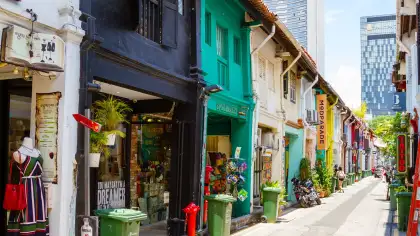
Haji Lane in Singapore is lined with fashion boutiques, art murals, and quirky cafes. The edgy hangout spot used to be the Muslim Quarter but has now been turned into one of the hottest spots for dining and shopping. Speaking of shopping, Haji Lane has a lot of vintage stores that both offer great deals and aesthetic vibes perfect for your next IG post. Some stores you should check out:
- Woofie’s Warehouse – Known to sell a variety of vintage apparel for affordable prices (SG$10 store!)
Location: 46 Haji Lane | Open daily from 1 PM to 8 PM
- Flame Vintage – Mostly sells vintage sweaters, hoodies, windbreakers, and tees
Location: 72 Haji Lane | Open daily from 12 PM to 9 PM
- Vintage Weekend – Sells vintage apparel and reworked pieces that are not only stylish but also sustainable!
Location: 41 Haji Lane | Open daily from 12 PM to 9 PM
Or Try Harajuku Street in Tokyo, Japan!
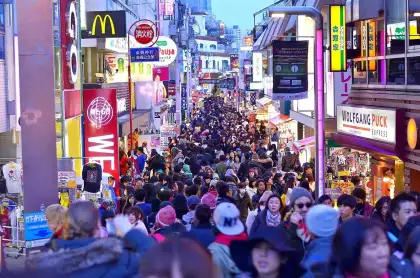
Harajuku Street, Tokyo’s fashion capital. Located at the heart of Shibuya, Harajuku is a mecca for street fashion and has been known around the world for its avant-garde fashion scene led by the country’s youth. Visiting Harajuku is a feast for all the senses with all the good food and unique boutiques you can experience.
One of its highlights is the thrift stores which you can find along (and below) this busy street. Each one of them sells unique vintage items, cosplay fashion, and reworked clothing, bags, and shoes. Some stores you should check out:
- Ragtag Harajuku – Ragtag has 15 other branches around Tokyo selling secondhand designer goods. What we love about the Harajuku branch is it has three whole floors!
Location: Hulic Jingumae 1F&2F, 5-17-9 Jingumae, Shibuya-ku, Tokyo | Open daily from 11 AM to 8 PM
- BerBerJin – The store has been around for two decades and sells a wide range of casual apparel from jerseys to denim, as well as a good selection of sneakers and designer items.
Location: 〒150-0001 SH Building 1F, 3-26-11 Jingumae,Shibuya-ku, Tokyo | Open daily from 1 PM to 7 PM
- Pass the Baton – a one-of-a-kind luxury vintage store that curates items with stories. Each item being sold in the store has a profile and gives you a glimpse into their previous owners and the item’s history.
Location: 4-12-10 Jingumae, Shibuya-ku, Tokyo, Japan, 605-0085 | Open daily from 11 AM to 9 PM (until 8 PM on Sundays)
Apart from thrifting, Harajuku also offers quirky dessert cafes (the crepes are a must!) and several animal cafes, too, which you should definitely visit.
Want to Experience Wildlife? Ocean Park Hong Kong is a Must Visit!
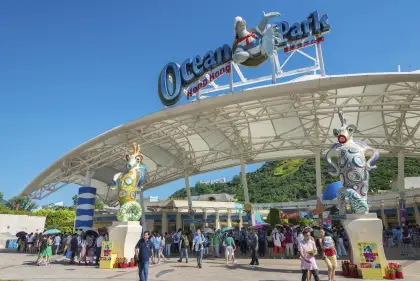
Ocean Park Hong Kong lets you dive deep into the wonders of the animal kingdom. The park houses a variety of land and water animals which can all be viewed through their attractions and shows. Dive into local diversity and see amazing Asian animals such as alligators and pandas or be captivated by majestic sea creatures from sharks to sting rays at the Waterfront. There’s also the Grand Aquarium, which takes guests on a journey down the deepest depths of the ocean and gives a glimpse into the beautiful ecosystem surrounding coral reefs.
The park also doubles as an amusement park and has a number of fun rides to try. You can also visit their Marine Mammal Breeding and Research Centre, where you can get the chance to engage with dolphins. Ocean Park Hong Kong is an ideal destination for families or those who want to learn more about animal and plant life in general.
All-day tickets are HK$398 (Adults) and HK$239 (children). The park is open daily from 10 AM to 7:30 PM. For more details on attractions and program schedules, click here.
Location: 180 Wong Chuk Hang Road, Aberdeen, Hong Kong
Or Check Out Singapore's Night Safari!

Singapore’sNight Safari is another wildlife attraction you wouldn’t want to miss. This one-of-a-kind park features over 900 remarkable nocturnal creatures in their natural habitat.
It’s the first of its kind in the world and features activities such as the Safari Tram Adventure and a presentation called Creatures of Night where you’ll witness foxes and otters showcase their talents and be able to learn more about animal conservation and sustainability. Show times are at 7:30 PM, 8:30 PM & 9:30 PM at the Night Safari Amphitheater.
Tickets are priced at SG$56 (adults) and SG$39 (children). They also have a current promotion of a 2-to-go bundle with a commemorative photo sleeve at SG$100. For more details on tickets and packages, click here.
Location: 80 Mandai Lake Road, Singapore 729826
Open every night from 7:15 PM to 12 AM.
Looking to immerse yourself in culture? Whoosh over to Bandung, Indonesia!
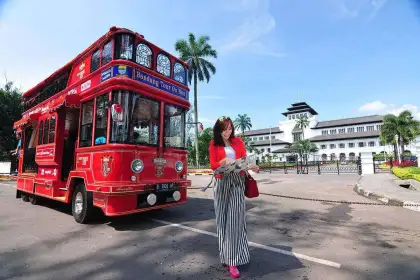
Recognized as a World City of Design, Bandung is an innovative hub for creativity and entrepreneurship located in West Java Province in Indonesia. According to UNESCO, 56% of Bandung’s economic activities are driven by creative pursuits, with fashion, graphic design, and digital media as the top three subsectors in the local creative economy.
Only forty-five minutes away from Jakarta via Whoosh train, experience Java by visiting some of its cultural and historical sites such as Udjo's House of Angklungwhere you can bear witness to the preservation of the traditional musical art of Sunda, which can be seen in the bamboo instrument, Angklung. They also present a selection of bamboo art performances and traditional dances such as Tari Topeng (mask dances) and Wayang Golek (puppet show). Show packages can be bought for IDR85,000. Book here.
Another destination you shouldn’t miss exploring is Braga Street which was known to be a famous promenade street in 1920s Indonesia. Today, it’s lined with chic European cafes, restaurants, and boutiques, which earned it the nickname “Paris of Java.” In between exploring, check out Braga Art Caféserving delectable Indonesian and Western food.
The café is open daily from 10 AM to 11 PM.
Or Check Out the Historic City of Ayutthaya, Thailand!
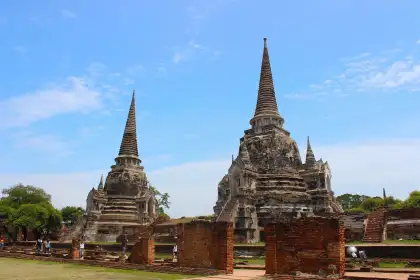
Historic City of Ayutthaya in Thailand, which was once the center of global diplomacy and commerce. Founded in 1350, this historic city used to be the second capital of the Siamese Kingdom and one of the world’s largest cosmopolitan areas in the 14th and 18th centuries, before it was burned to the ground by the Burmese army in 1767.
Today, what remains is a shadow of its splendor, characterized by its archeological ruins such as the prang (reliquary towers) and Buddhist monasteries.
Explore the wonders of this ancient city by booking a tour via Klook or simply spend a day relishing the views of this captivating heritage site.
Entry to the park is free, but the temples in the surrounding area charge a fee of THB50. Also, remember to follow the dress code when visiting sacred Buddhist temples.
Get the latest curated content with The Beat Asia's newsletters. Sign up now for a weekly dose of the best stories, events, and deals delivered straight to your inbox. Don't miss out! Click here to subscribe.



